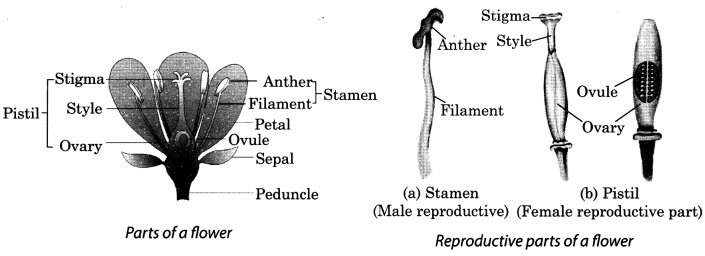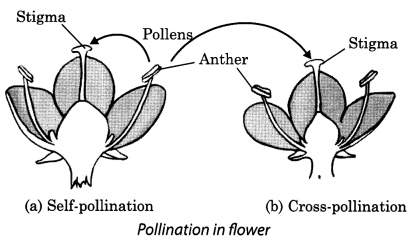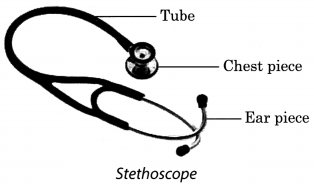On this page, you will find NCERT Class 7 Geography Chapter 5 Notes Pdf free download. CBSE Class 7 Social Science Notes Geography Chapter 5 SST Water will seemingly help them to revise the important concepts in less time.
Water Class 7 Notes Social Science Geography Chapter 5
CBSE Class 7 Geography Chapter 5 Notes Understanding The Lesson
1. The sun’s heat causes evaporation of water vapour. When the water vapour cools down, it condenses and forms clouds.
2. The process by which water continually changes its form and circulates between oceans, atmosphere and land is known as the water cycle.
3. The same water that existed centuries ago still exists today.
4. The major sources of fresh water are the rivers, ponds, springs and glaciers.
5. The water of the oceans is salty or saline as it contains large amount of dissolved salts. Ocean water is 97.3% of total water available on the earth.
6. A part of the earth surface is covered by water.
7. Ocean water keeps moving continuously, it is never still.
8. The movements that occur in oceans can be broadly categorized as: waves, tides and currents.
9. When the water on the surface of the ocean rises and falls alternately, they are called waves.
10. During a storm, the winds blowing at very high speed form huge waves.
11. An earthquake, a volcanic eruption or underwater landslides can shift large amounts of ocean water. This results in a huge tidal wave called tsunami, that may be as high as 15 m.
12. The rhythmic rise and fall of ocean water twice in a day is called a tide. When water covers much of the shore by rising to its highest level it is called high tide. It is low tide when water falls to its lowest level and recedes from the shore.
13. The strong gravitational pull exerted by the sun and the moon on the earth’s surface causes the tides.
14. During the full moon and new moon days, the sun, the moon and the earth are in the same line and the tides are the highest. These tides are called spring tides.
15. When the moon is in its first and last quarter, the ocean waters get drawn in diagonally opposite direction by the gravitational pull of sun and earth resulting in low tides. These tides are called neap tides.
16. Ocean currents are streams of water flowing constantly on the ocean surface in definite directions. The ocean currents may be warm or cold.
17. Generally the warm ocean currents originate near the equator and move towards the poles.
18. The cold currents carry water from polar or higher latitudes to tropical or lower latitudes.
19. The ocean current influence the temperature conditions of the area. Warm currents bring about warm temperature over land surface.
20. The areas where the warm and cold currents meet provide the best fishing grounds of world.
21. The areas where a warm and cold current meet also experience foggy weather making it difficult for navigation.
Notes of Geography Class 7 Chapter 5 Important Terms
Evaporation: A process through which water turns into vapour.
Tide: Rise and fall of ocean water.
Waves: Alternatively normal rise and fall of ocean water.
Tsunami: Huge tidal waves.
Ocean currents: Streams of water flowing constantly on the ocean surface in definite directions. Terrarium: An artificial enclosure for keeping small house plants.


